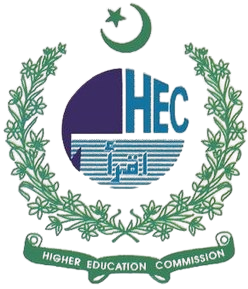Humor and its Creation through Disrupted Schemata in the TV Show “The Office”; A Cognitive Stylistic Analysis
Abstract
Humor and its creation are always a point of intrigue in the field of language, whether it is text or discourse. Throughout time, different techniques have been developed and used by those narrating and writing to create that humor. This research explores humor through the lens of cognitive stylistics and the theory of Disrupted Schemata by Agnes Marszalek (2012). Disrupted Schemata talks about the creation of humorous worlds and comic narratives. The current study analyzes the famous tv sitcom “The Office” and the creation of incongruous and humorous narratives in it through the disruption of objects, settings, scenes, and characters as is disrupts the background knowledge or schema of the viewer creating comicality or absurdity in the show. It aims to look into how language and specifically humor is created and perceived on the screen through language, schema and its disruption. Consequently, it is cognitive stylistics that explores the usage of language and how it is comprehended based on the reader, listener and viewer’s beliefs, knowledge and inferences. The study shows that it is the disruption of one’s schema about the world that creates humor through absurdity and incongruity displayed in the series.
Downloads
Published
Issue
Section
License

This work is licensed under a Creative Commons Attribution-NonCommercial-NoDerivatives 4.0 International License.


